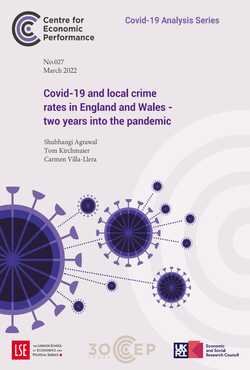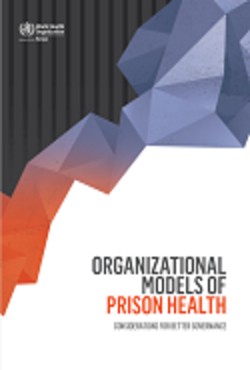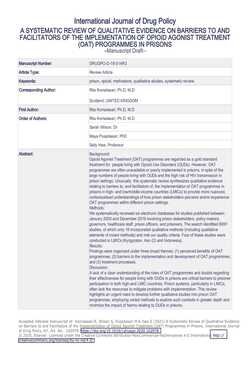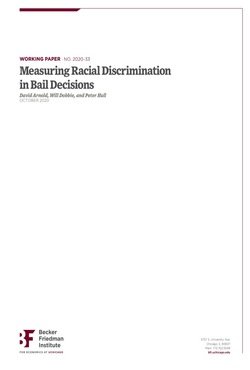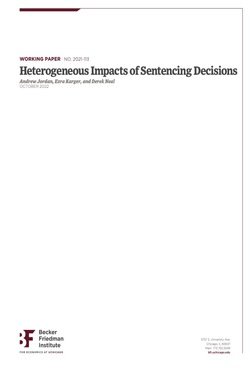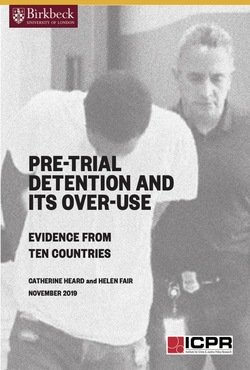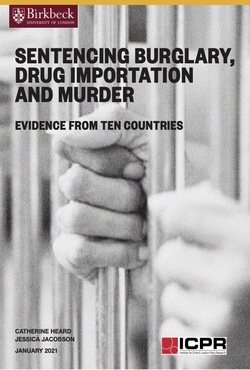By Her Majesty's Chief Inspector of Constabulary
Serious acquisitive crime (SAC) strikes at the heart of people’s feelings of safety in their homes and communities. It isn’t just a ‘volume crime’. It affects people on a daily basis. And failing to target it damages public confidence in policing. The response to SAC from policing isn’t consistently good enough. Too many offenders remain at liberty and most victims aren’t getting the justice they deserve. Forces are missing opportunities to identify and catch offenders, from the moment a member of the public reports the crime to the point where a case is finalised. Depending on where in England and Wales they live, some victims of SAC are more likely than others to get a thorough investigation from their force. This can’t be justified. This report brings together some of our findings from recent police effectiveness, efficiency and legitimacy (PEEL) and thematic inspections in England and Wales. It shows where forces need to make improvements in the way they tackle SAC, and it reports on the good practice we identified. The onus is on forces to learn from each other. They should consider whether they can apply the positive examples in this report to their own force.
Birmingham, UK: HM Inspectorate of Constabulary and Fire and Rescue Services, 2022. 40p.









